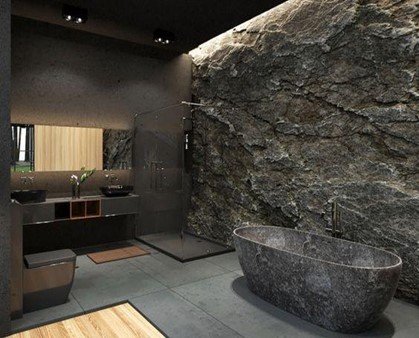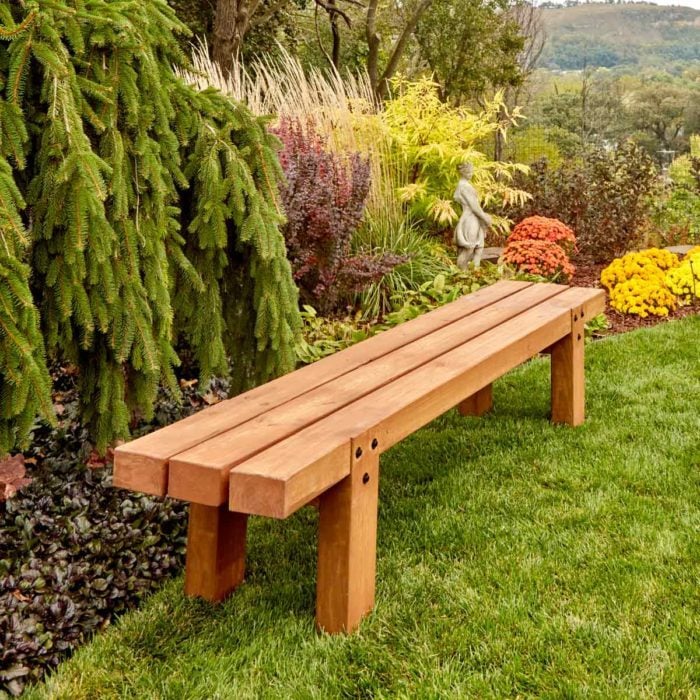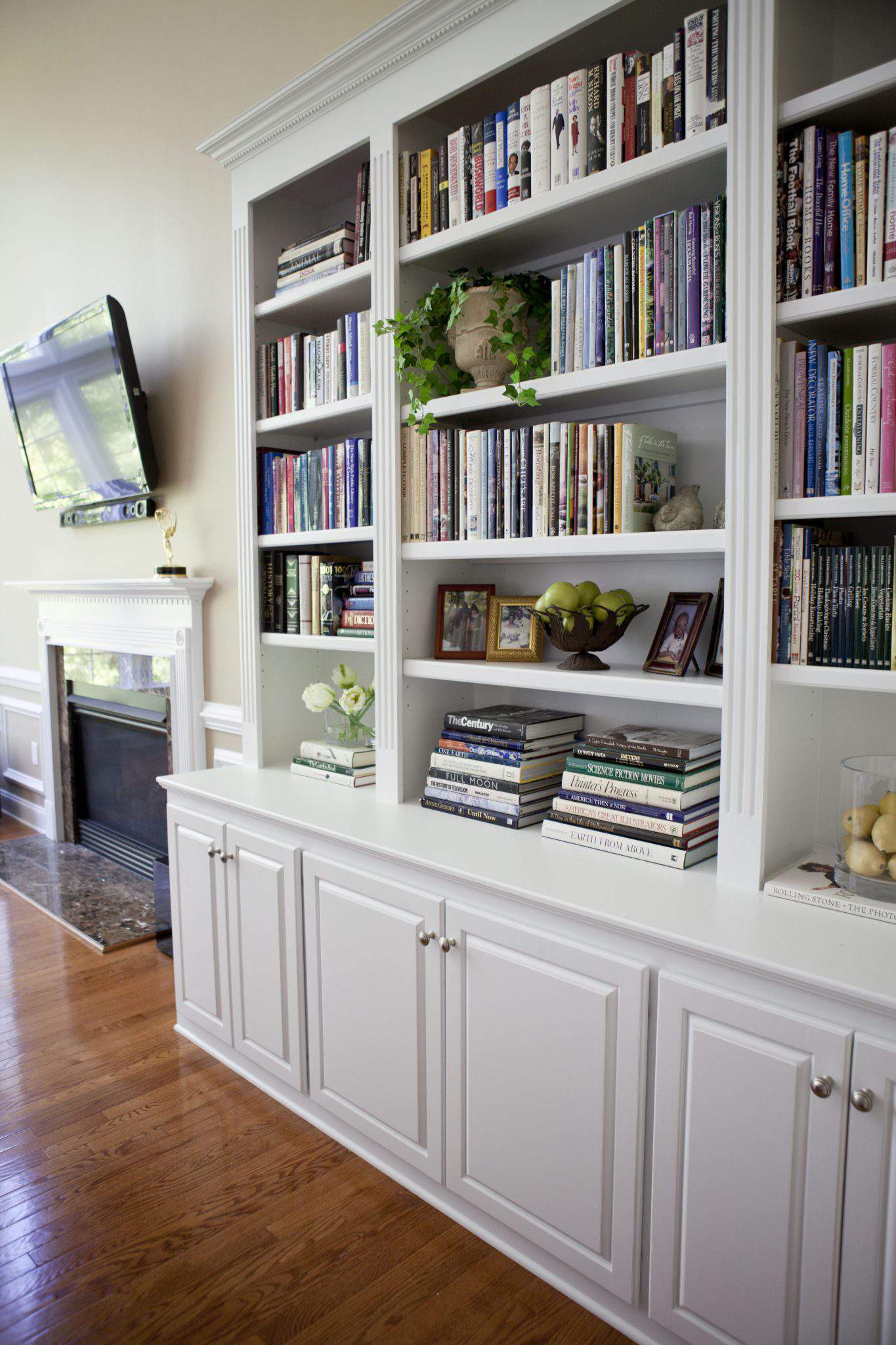Crafting Minimalist Wooden Candle Holders for a Modern Touch
In the realm of interior design, minimalism reigns supreme, exuding a sense of tranquility and sophistication. Minimalist decor emphasizes clean lines, simplicity, and a focus on functionality, and what better way to embody this aesthetic than with handcrafted wooden candle holders? These timeless pieces, crafted with natural materials, radiate warmth and elegance, adding a touch of understated charm to any space.
Materials and Tools
Before embarking on your minimalist wooden candle holder journey, gather the necessary materials and tools:
Materials
- Wooden blocks: Choose wood species like oak, walnut, or maple for their durability and aesthetic appeal.
- Sandpaper: Utilize various grits (80, 120, 220) for smoothing and finishing.
- Wood stain or oil (optional): Enhance the natural beauty of the wood.
- Wood glue or epoxy resin (optional): Securely attach pieces if needed.
- Clear sealant (optional): Protect the wood from moisture and enhance its longevity.
- Candles of varying sizes and shapes.
Tools
- Measuring tape
- Pencil or marker
- Saw (hand saw, jigsaw, or miter saw)
- Drill with various drill bits
- Screwdriver
- Clamps (optional)
- Protective eyewear and gloves
Design Inspiration
The beauty of minimalist wooden candle holders lies in their simplicity. Let your creativity guide you as you explore various design ideas:
Geometric Shapes
Embrace the clean lines of geometric forms like squares, rectangles, or triangles. Consider creating stacked blocks or interweaving pieces for a dynamic visual effect.
Organic Forms
Capture the natural beauty of wood by incorporating organic shapes like circles, ovals, or free-flowing curves. These designs lend a sense of warmth and serenity.
Simple and Elegant
Focus on creating basic, elegant designs. A single, unadorned wooden block can serve as a beautiful and minimalist candle holder. Experiment with different wood species and finishes to create unique variations.
Crafting Process
Once you've chosen your design, it's time to bring it to life. Follow these steps for a seamless crafting experience:
1. Measure and Cut
Begin by accurately measuring the wooden blocks and marking the desired cuts. Utilize a saw to make precise cuts, ensuring clean edges. For intricate designs, consider using a jigsaw or a miter saw for more precise angles and cuts.
2. Sanding and Finishing
After cutting, sand the wood surfaces thoroughly using sandpaper. Start with a coarser grit (80) to remove rough edges and gradually progress to finer grits (120, 220) for a smooth finish. This process ensures a polished and refined look.
3. Staining or Oiling (Optional)
Enhance the wood's natural beauty by applying a wood stain or oil. Choose colors and finishes that complement the design and your interior style. Apply the stain or oil evenly using a brush or cloth, allowing it to soak in according to the manufacturer's instructions. Remember to wear gloves to avoid staining your hands.
4. Assembly (Optional)
If your design involves multiple pieces, secure them together using wood glue or epoxy resin. Apply a thin layer of glue or resin to the surfaces that will be joined and clamp the pieces together until the adhesive sets. Ensure proper alignment and allow sufficient drying time.
5. Drilling Candle Wells
Use a drill and a drill bit slightly larger than the diameter of your candles to create wells for holding the candles. Drill carefully, ensuring even depth and clean edges to prevent the candles from tipping over.
6. Sealing (Optional)
To protect the wood from moisture and enhance its longevity, apply a clear sealant. Use a brush or cloth to apply the sealant evenly, following the manufacturer's directions. Allow the sealant to dry completely before using the candle holders.
Tips for a Modern Touch
To elevate your minimalist wooden candle holders and achieve a modern aesthetic, consider these tips:
1. Minimalist Colors
Stick to neutral colors like white, black, gray, or natural wood tones. These colors create a sense of calm and sophistication, enhancing the minimalist vibe.
2. Simple Shapes
Embrace geometric shapes like squares, rectangles, or circles. These forms create a clean and uncluttered look, adding a touch of modern elegance.
3. Natural Materials
Opt for natural materials like wood, metal, or stone. These materials create a sense of warmth and grounding, complementing the minimalist aesthetic.
4. Contrast and Texture
Play with contrasts and textures. For instance, use a smooth, polished wood block with a rough, textured metal base for a striking visual effect.
5. Use Light and Shadow
Candles create a beautiful interplay of light and shadow. Position your candle holders strategically to allow the candlelight to cast interesting patterns and shadows on the walls and ceiling.
Lighting and Ambiance
Minimalist wooden candle holders go beyond mere functionality, transforming spaces into inviting sanctuaries. The warm glow of candlelight creates a calming and cozy atmosphere, perfect for relaxation and reflection. Experiment with different candle sizes and shapes to create a range of lighting effects, from subtle warmth to dramatic ambiance.
Conclusion
Crafting minimalist wooden candle holders is a rewarding and fulfilling project that allows you to infuse your home with a touch of modern elegance. With a little creativity and attention to detail, you can create timeless pieces that elevate your decor and enhance your living space.















